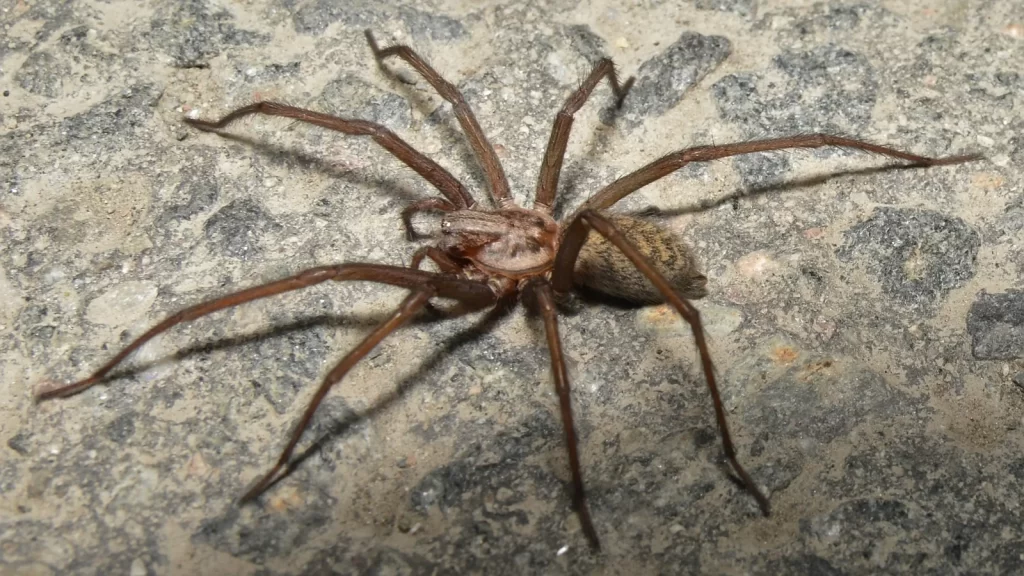Black and yellow garden spiders are among the most striking and recognizable spiders in many gardens. Their vibrant colors and large webs make them notable, but their characteristics and behavior are often misunderstood. Here’s a closer look at these fascinating arachnids.

Black & Yellow Spiders: Comparison
| Feature | Black and Yellow Garden Spiders |
| Appearance | Black body with yellow and white markings |
| Size | Females: 1.5 to 2 inches; Males: 0.5 inch |
| Web Structure | Large, circular webs with a distinctive zigzag pattern |
| Feeding Habits | Primarily feed on insects and small pests |
| Living Habits | Commonly found in gardens, shrubs, and tall grasses |

Characteristics
These spiders are known for their striking coloration, with a predominantly black body adorned with bright yellow and white patterns. The females are larger than the males. Usually measuring up to 1.5 to 2 inches, compared to the males’ 0.5 inches. Their bold colors serve as a warning to potential predators about their venom, which is not harmful to humans but can be quite painful if bitten.Appearance
The black and yellow garden spider has a distinct appearance. The female’s body is black with vivid yellow and white markings that create a dramatic contrast. This coloration not only makes them easy to spot but also serves as a deterrent to predators. The spider’s legs are long and spindly, contributing to its overall impressive size. The zigzag pattern, or stabilimentum, in their web is another unique feature that may help strengthen the web or attract prey.Feeding Habits
Black and Yellow Garden Spiders are Hunters: These spiders are adept hunters and feed primarily on insects and small pests. They spin large, circular webs to trap their prey, immobilizing them with a bite. Once they catch the prey, the spider injects venom that helps digest the meal before consuming it. These spiders are beneficial for controlling garden pests, as they help reduce the number of insects around plants and flowers.Living Habits
Black and Yellow Garden Spiders: Black and yellow garden spiders typically prefer gardens, shrubs, and tall grasses, where they can build their large webs. They are often found in sunny areas where their webs can be easily seen. These spiders are solitary and do not exhibit social behavior, but their webs are designed to be functional and visually striking. During the fall, females can be seen carrying their egg sacs, which contain hundreds of eggs that will hatch in the spring.Myths and Facts
| Myth | Fact |
| Black and yellow garden spiders are dangerous to humans. | Their venom is not harmful to humans, though bites can cause temporary pain and irritation. |
| These spiders are aggressive. | They are usually not aggressive and will only bite in self-defense. |
| Their web designs are random. | The zigzag pattern in their webs is a strategic feature that may strengthen the web or attract prey. |
| All spiders are harmful to plants. | Black and yellow garden spiders help protect plants by controlling pest populations. |
| They only live in tropical regions. | They are found in a variety of climates, including temperate zones, and are common in gardens worldwide. |




